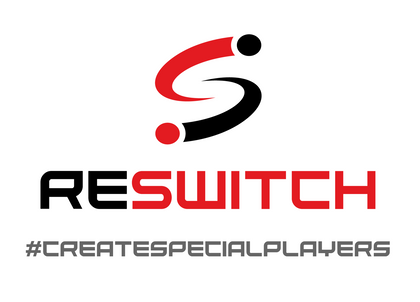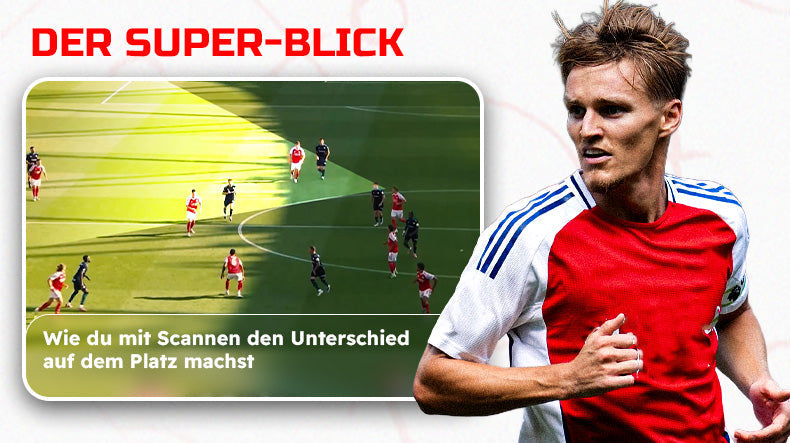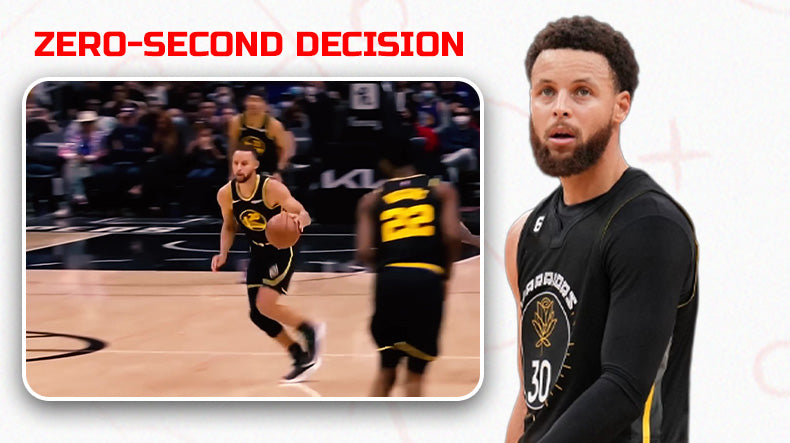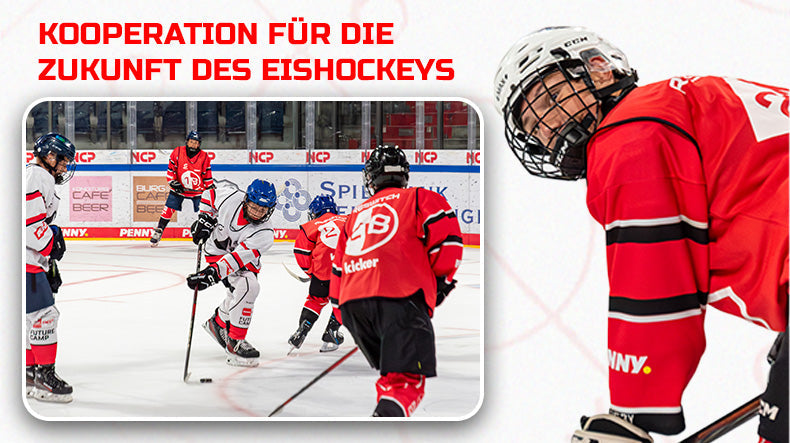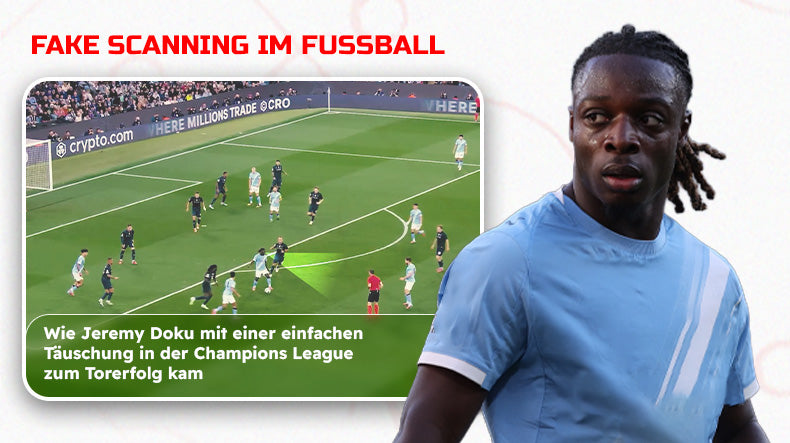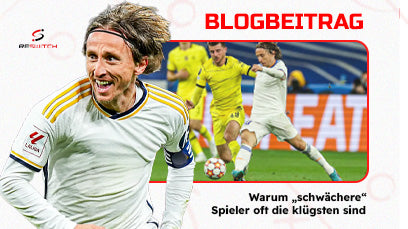Guest article: The brain – the center of our performance I
View football as a mental exercise
Dominate the center , get behind the last chain , create the majority . On the defensive, secure teammates and defend your own goal through a compact defense . We coaches usually associate these principles with a ball sport like football.
If you now replace the words chain with row, players with pieces, goal with king, we are in one of the most popular and complex mental sports on this planet: chess
When we hear chess, we usually think of the “smartest” people. They say that anyone who can play chess well has a bright mind.
It is no coincidence that some basic principles for successful football go hand in hand with those of a complex, strategic mental game. In football, however, we don't just have a chess player who has power over his pieces. Depending on age, there are usually 7, 9 or 11 individuals on the field, moving around on their own and trying to act the smartest way for their team. Of course, the coach determines the game system, sets the team tactics and prepares the team for the opponent. Each player still has to react as quickly as possible to the many different and complex game situations and choose the best course of action from a range of options, all in a fraction of a second.
Why does a player do what he does
A player has a variety of options in every situation in which he is actively or partially involved. For example, he can dribble with the ball at his feet, play a vertical, horizontal or back pass to one of his teammates, shoot at the opponent's goal, and so on. But how does this DECISION MAKING work?

When you think about the most important characteristics of a football player, keywords such as technique, tactics, physical abilities and game intelligence often come up. But what is responsible for the development of all of these characteristics is our CENTRAL NERVOUS SYSTEM.
To illustrate this using a practical example, let's look at the following game situation:

First of all, the player perceives the new situation sensorily. In football this is usually done VISUALLY. Sometimes also auditory (when shouting) or tactile (when touching).
A person can perceive around 4-5 images per second through fixed fixation . We perceive the rest peripherally, i.e. out of focus, but at up to 100 frames per second .
“ The best search is no search at all.”
When we look at the difference between 5 conscious images and 100 peripheral images per second, it becomes clear how important peripheral vision is. The above quote becomes even clearer if we imagine a player looking at the trajectory of the ball (“fixing”) and at the same time perceiving what is happening around him (peripherally) in order to recognize the opponents and the first contact accordingly to carry out.
Since a player usually only has a few “IMPORTANTS” to correctly perceive the situation, he should direct his gaze to the game-deciding event as quickly as possible, while still taking in as much of the surrounding area as possible.
In our example: “Free space in front of me. Winger on the right starts going deep. The striker starts deep behind the chain.”
Numerous studies of various team sports have been able to prove that more PROFESSIONAL or EXPERIENCED athletes grasp situations both peripherally and centrally better than inexperienced people. You need FEWER FIXATIONS to find FASTER and MORE ACCURATE SOLUTIONS regarding tactical attack decisions. You can also record MORE INFORMATION PER FIXATION.
If the player has correctly perceived the information, the information is transmitted in the form of electrical impulses via our nerve cells to the visual cortex of our cerebral cortex and processed there.
But now to the most important question: What mental solution does he find and why?
Let's look at various possible actions in our example:
- Option: He decides to dribble into free space
- Option: He decides to play a deep pass to the striker between the IVs
- Option: He decides to play to the starting winger
But which solution is the best?
You will find out which solution is the best in the second part of Tobias Bierschneider's guest article. In order not to miss when the second post will be published, go to the RESWITCH Facebook page and LIKE the page. The second post continues excitingly!

Tobias Bierschneider (24) lives in Leipzig. Current graduate in the master’s program “Diagnostics and Intervention in Competitive Sports”. He is an assistant coach at RB Leipzig's U11 team. He previously lived in Munich for 5 years, where he completed his bachelor's degree in “sports science” at the TU. In the 2017/18 season he worked as an assistant coach for the SpVgg Unterhaching U14 team. He gained his first experience in an NLZ in 2016 as part of an internship at FC Ingolstadt
Author: Tammo Neubauer
